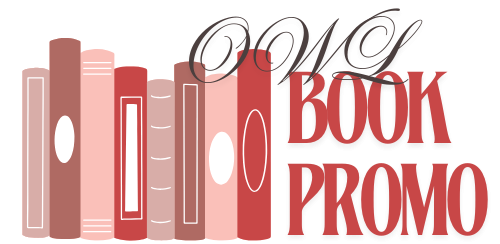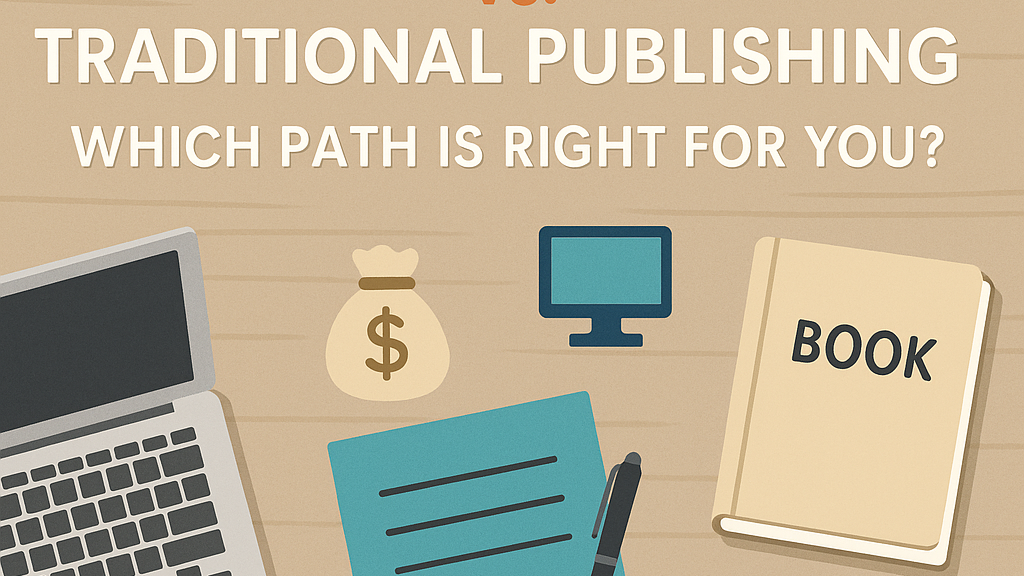One of the biggest decisions an author makes—after finishing their book—is how to publish it. Do you go the traditional route, finding a literary agent and a publishing house? Or do you self-publish, taking full control of the process?
Both paths can lead to success, but each has its own pros, cons, and demands. Here’s a clear breakdown to help you decide which might be best for your goals.
📚 What Is Traditional Publishing?
In traditional publishing, you submit your manuscript to a literary agent or publisher. If they accept it, the publisher handles editing, design, printing, distribution, and marketing. You usually receive an advance and earn royalties on sales.
Pros:
- Professional editing, cover design, and distribution handled for you
- Access to bookstore placement and industry connections
- More prestige and credibility in some circles
- No upfront costs to the author
Cons:
- Extremely competitive—rejection is common
- Long timelines (often 1–2 years from acceptance to publication)
- Less creative control over cover, title, and content
- Lower royalty percentage compared to self-publishing
💻 What Is Self-Publishing?
With self-publishing, you control every aspect—from editing to cover design to marketing. You can publish through platforms like Amazon KDP, IngramSpark, or Draft2Digital.
Pros:
- Complete creative control over your work
- Higher royalties per book sold
- Ability to publish on your own schedule
- Access to global readers instantly
Cons:
- All costs (editing, design, marketing) are your responsibility
- No guaranteed bookstore placement
- Marketing is entirely up to you
- Can be overwhelming without a clear plan
⚖️ Key Differences at a Glance
| Factor | Traditional Publishing | Self-Publishing |
|---|---|---|
| Control | Publisher decides | Author decides |
| Upfront Costs | None | Paid by author |
| Speed | Slow (1–2 years) | Fast (weeks/months) |
| Royalties | Lower (5–15%) | Higher (35–70%) |
| Marketing | Some support | 100% author responsibility |
| Prestige | Industry recognition | Reader-driven credibility |
🧠 Which Path Should You Choose?
Ask yourself:
- Do you want full creative freedom, or are you happy to hand some decisions to a publisher?
- Can you afford to invest in professional editing and design?
- Are you willing to handle your own marketing—or hire someone to do it?
- How quickly do you want your book in readers’ hands?
Go Traditional If:
You value industry recognition, don’t mind waiting, and prefer a professional team handling production and distribution.
Go Self-Published If:
You want control, speed, higher royalties, and are willing to take on (or outsource) the business side of being an author.
✅ Final Thoughts
There’s no one-size-fits-all answer. Many authors even choose a hybrid approach—traditionally publishing some books and self-publishing others.
The key is to know your priorities, your resources, and your long-term goals. No matter which path you choose, the most important step is to keep writing and keep learning. Your readers are out there—you just need to reach them.

